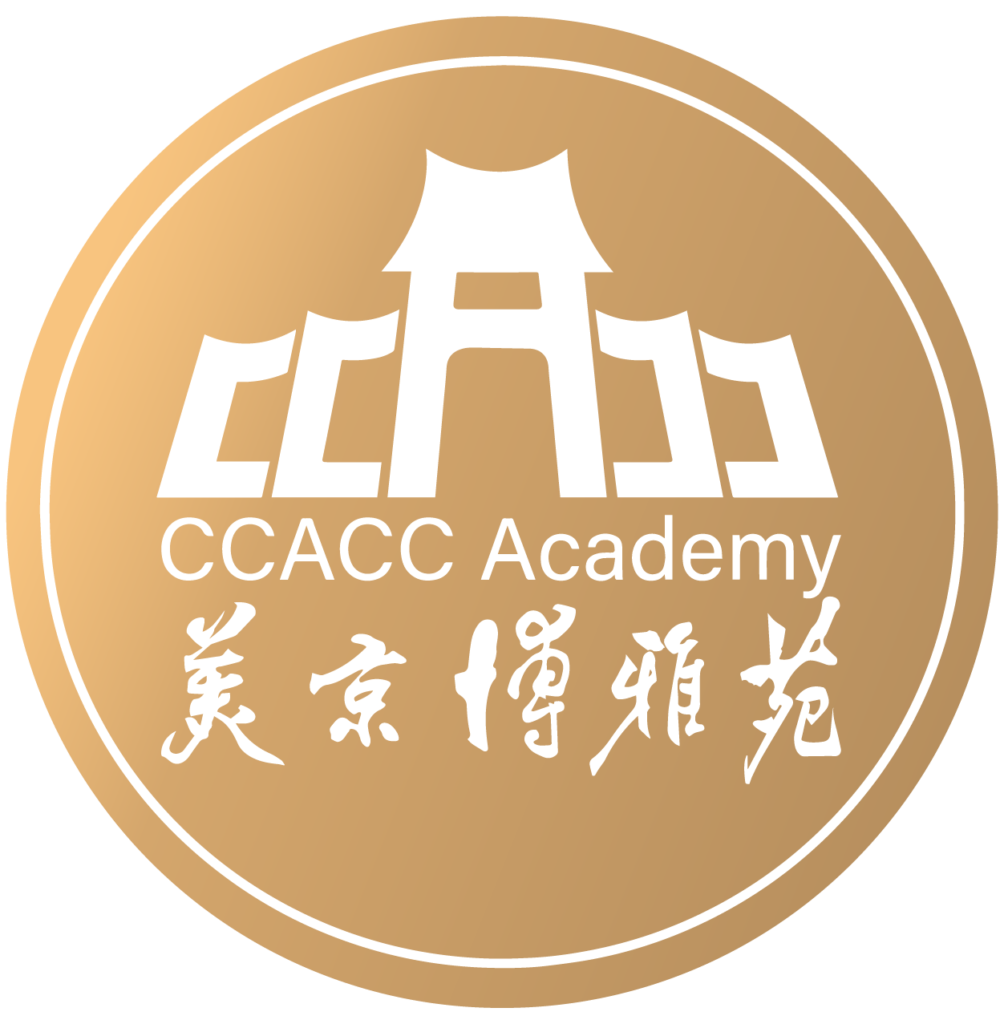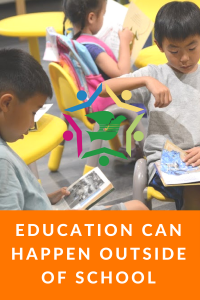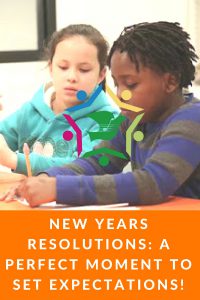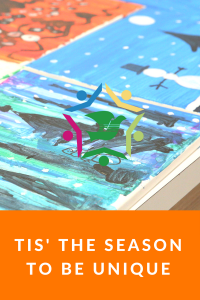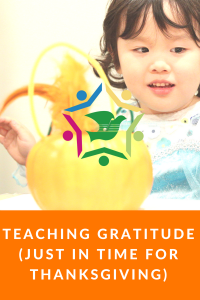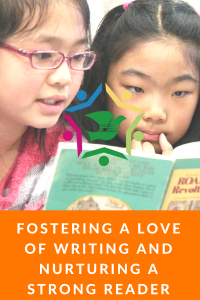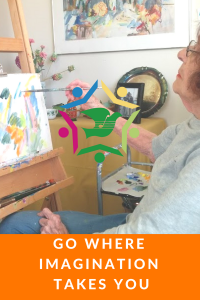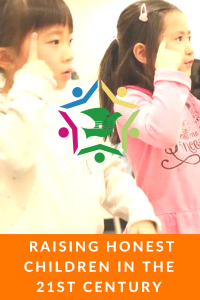With the support of The Cathay School and the hard work of fundraising events led by the SAMS Jr. Leader Club, SAMS Family Foundation raised over $1000 for the purchase of supplies and equipment for the expansion of STEM curriculum at Sherman Adams Sr. Memorial School, located in Duazon, Liberia.
Kristin Zhu, a member of the SAMS Jr. Leader Club, accompanied her mother this summer to visit the school, teach classes, and distribute the equipment purchased from fundraising.
—
By Kristin Zhu, sibling of our camper & partner for Cathay’s Connected World
After over 16 hours of flight over the Atlantic and Europe, on July 15th, 2018, my mother and I finally arrived in Monrovia, Liberia. Although the flight and security checks were tedious, we were welcomed with comforting smiles and hugs by our amazing hostess, Mrs. Kate Adams.
I started to learn about the school when my mother first mentioned it at home. She told me of how Dr. and Mrs. Adams returned to Liberia and founded the SAMS school in Duazon Township, Liberia to address the need for primary education and learning opportunities in the area. Knowing the necessity of a primary education, I became interested in doing something to help the school and its students. I recruited students and organized several fund-raising events. After communicating with Mrs. Adams, we decided to help strengthen the school’s STEM program by building a lab dedicated to science. We collected books and monetary donations, purchased STEM books, ordered lab equipment and downloaded school curriculum.
Although it took us three months to prepare the materials and curriculum for the week, nothing could’ve prepared me for the wonderful welcome from the staff and students. Even though it was their summer break in a rain swept season, the students came to class everyday with an eager and focused passion to learn new knowledge. Their enthusiasm to learn Math, Art, Music, Biology, Astronomy, and Geology blew me away. Even though they didn’t have WiFi and numerous other ammenities, the staff still tried their hardest to help me with presentations and aided me during my teaching sessions. Throughout the week, I learned new songs, new teaching methods, and even new shoe making methods! The kindness of the local populace along with the lovely environment the school had provided made this trip a truly remarkable experience.
The hardest part of the trip was saying goodbye. The students and the staff had also prepared an incredible farewell ceremony. While hugging the students, teachers, and staff, I couldn’t help but remember the beautiful experiences we had. We sang together, laughed together, and we learned together. Knowing now of the incredible work of Mrs. Adams in the face of such unfavorable situations, I am inspired now to take more action on my own. In the next year, I will look forward to recruiting more students as advocates and volunteers for the SAMS school, creating new programs to assist students in need, fundraising even more to help the school provide for its students, and hopefully return to Liberia to teach the phenomenal students again.
This post was originally created for The SAMS Family Foundation
